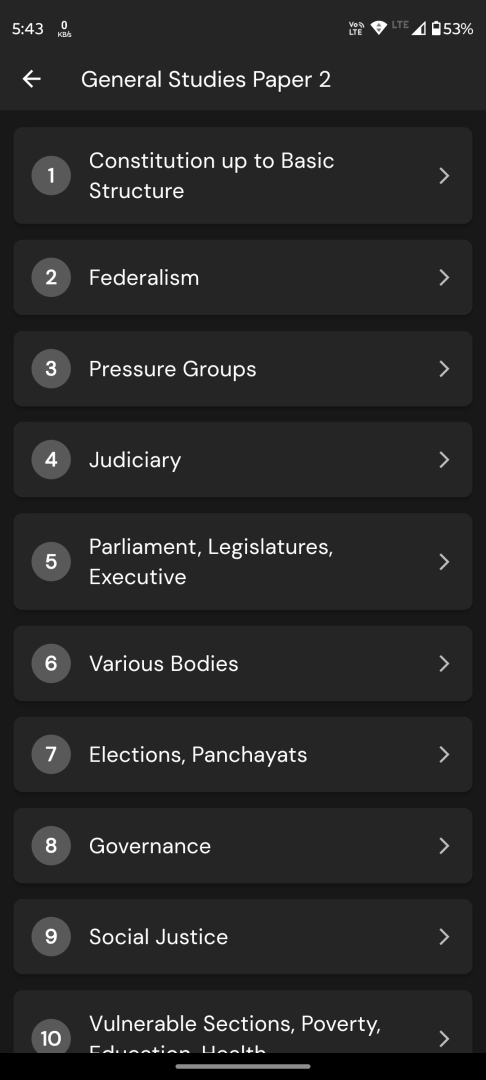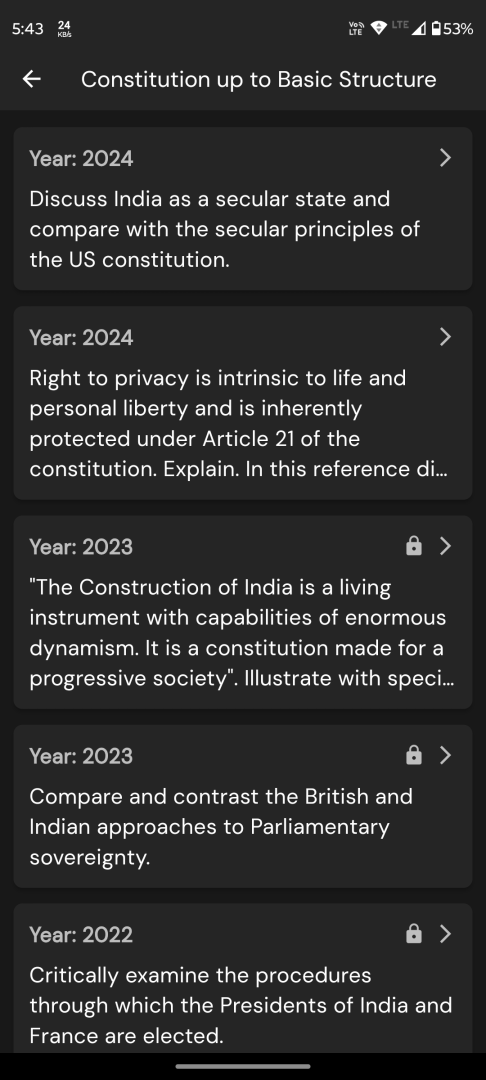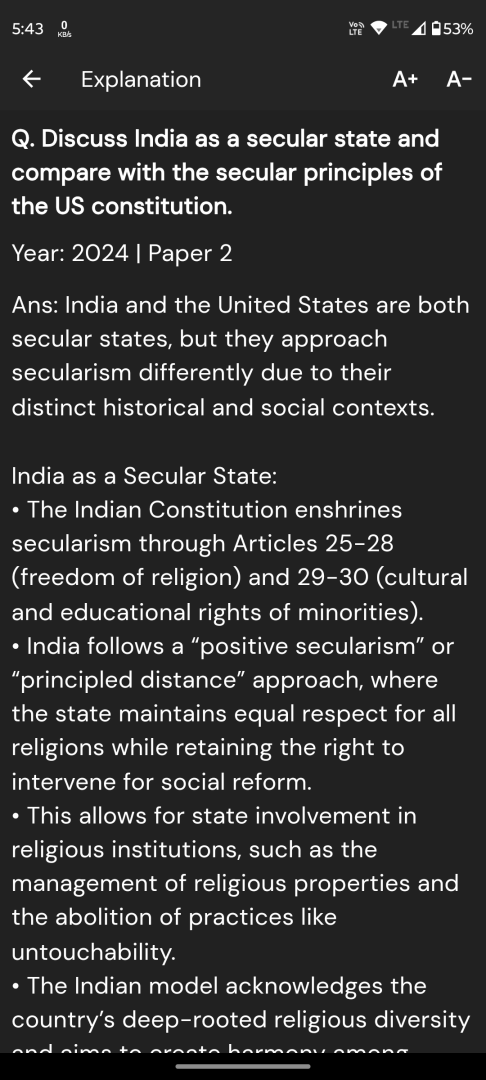Q. A mobile phone has been stolen. There are 3 suspects P, Q and R. They were questioned knowing that only one of them is guilty. Their responses are as follows:
P: I did not steal. Q stole it.
Q: R did not steal. I did not steal.
R: I did not steal. I do not know who did it.
Who stole the mobile phone?
(a) P
(b) Q
(c) R
(d) Cannot be concluded
Correct Answer : (d) Cannot be concluded
UPSC Prelims 2025 CSAT
Explanation :
1. We only know exactly one of P, Q, R is the thief.
2. Each makes two statements, but we have no rule linking guilt to lying or innocence to truth-telling. They might lie or tell the truth arbitrarily.
3. We can check each candidate:
• Case P is guilty
– P’s statements (“I did not steal,” “Q stole it”) could both be false (he lies twice) or mixed – there’s no rule forbidding that.
– Q and R’s statements can be assigned true/false arbitrarily to fit any needed pattern.
• Case Q is guilty
– Q’s statements (“R did not steal,” “I did not steal”) could both be false (he lies twice) or otherwise.
– P and R’s statements can again be forced to fit.
• Case R is guilty
– R says “I do not know who did it,” which would then be false (the thief knows his own guilt), but he could simply be lying.
– P and Q’s two statements each can be arranged in truth/lie to avoid contradiction.
4. In every scenario you can assign truth/lie values to each person’s two statements so as to avoid an outright contradiction—because we have not constrained who must lie or tell the truth.
Conclusion: With only the facts given (and no further assumptions about lying patterns), the identity of the thief cannot be determined.





